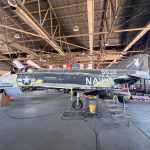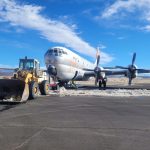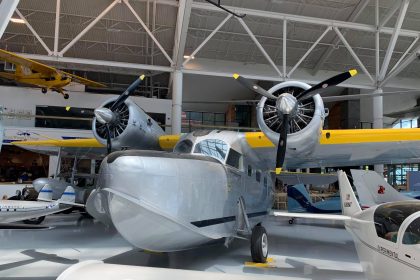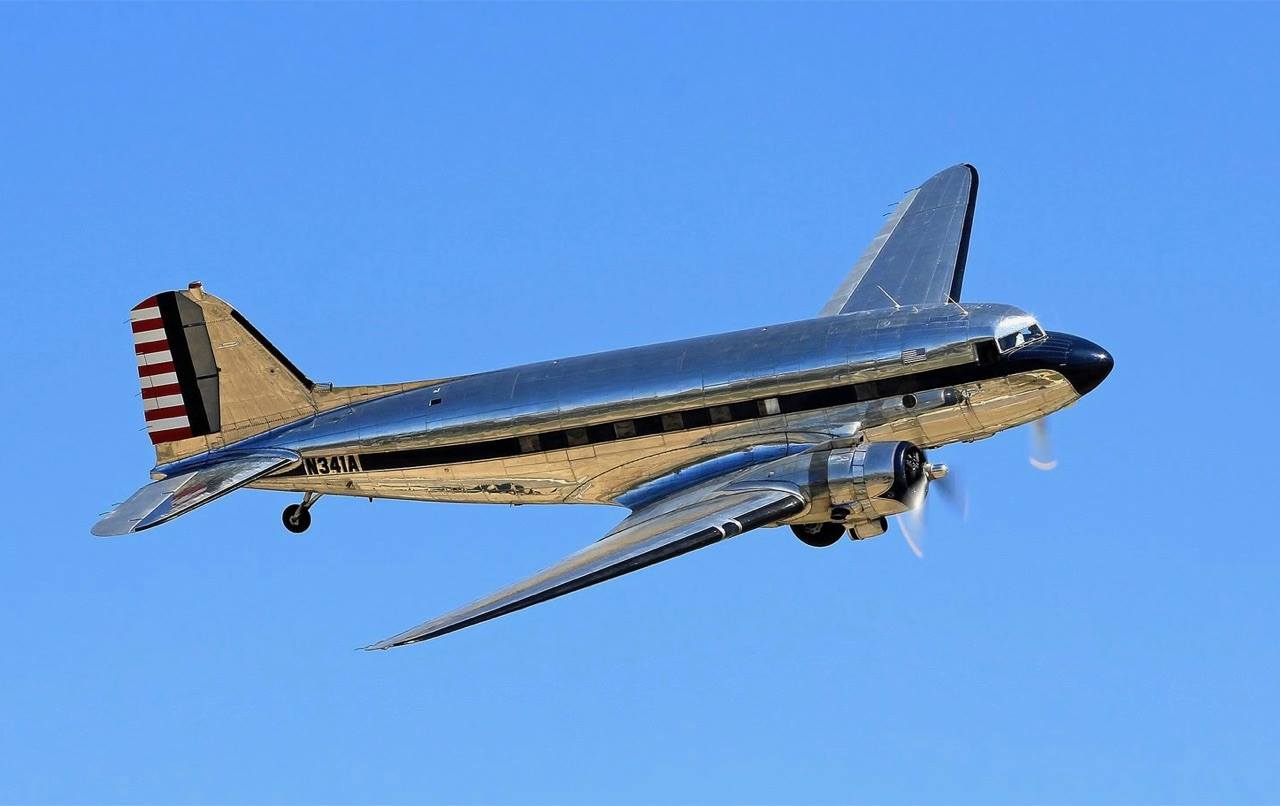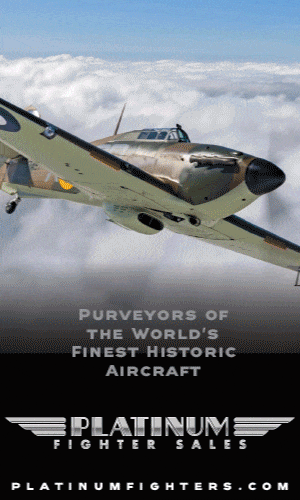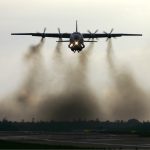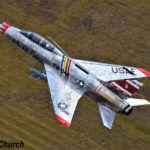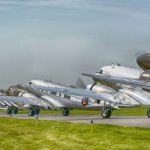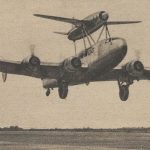“Vintage Aviation News staff did not write this article; the content comes via our partners who wish to help support our website.”
Early Air Racing
The dawn of competitive aviation sports can be traced back to May 23, 1909, when the first recorded air race took place at the Port-Aviation airfield near Paris, France. This pioneering event laid the foundation for what would become a thrilling spectacle blending speed, precision, and innovation in aviation. Pilots competed to display their skill in navigating the skies, capturing public interest, and establishing air racing as a legitimate sport. The 1920s and 1930s are often called the Golden Age of air racing. During this period, the National Air Races emerged as a premier aviation event in the United States. These races attracted massive crowds eager to witness innovative aircraft designs and daring pilots pushing the boundaries of speed and maneuverability. This era of aviation competition not only entertained the public but also drove technological advancements in aircraft development.
Stadium Flyovers
The first documented military flyover at a sports event occurred on September 5, 1918, during the World Series matchup between the Chicago Cubs and the Boston Red Sox. Sixty U.S. Army aircraft soared over Comiskey Park, marking a groundbreaking fusion of aviation and sports. This aerial display honored military service and captivated spectators, creating a tradition that would endure for over a century. Today, military flyovers have evolved into a cherished tradition at major sporting events across the United States. These aerial performances symbolize national pride and serve as a tribute to the armed forces. Flyovers require meticulous coordination between event organizers and military units to ensure precise timing and safety, elevating the emotional impact on spectators.
Aviation Enthusiast Organizations
Dedicated aviation enthusiast organizations play a crucial role in preserving the legacy of air racing. These groups organize annual events, airshows, and educational programs to inspire new generations and celebrate the pioneers of competitive aviation. Their efforts keep the spirit of early aviation sports alive, fostering a community passionate about both history and innovation. Beyond preserving history, aviation organizations actively promote contemporary aviation sports. Events like the Reno Air Races attract skilled pilots and enthusiastic fans, highlighting high-speed aerial competition while pushing technological boundaries. These gatherings strengthen the bond between aviation and public entertainment.
U.S. Navy Blue Angels: Precision and Power
The U.S. Navy Blue Angels represent the pinnacle of military aviation displays. Renowned for their precision and aerial acrobatics, the Blue Angels perform at airshows and major sporting events, including stadium flyovers. Their breathtaking formations and synchronized maneuvers captivate audiences, exemplifying the skill and discipline of naval aviators. Equally celebrated, the U.S. Air Force Thunderbirds demonstrate the power and agility of fighter jets. Their performances blend speed, tight formations, and daring maneuvers. Thunderbirds flyovers during major sporting events honor military personnel while sparking public fascination with aviation.
Public Perception of Aviation in Sports
Air racing in the early 20th century enthralled spectators with its blend of speed, competition, and innovation. Events like the 1909 Port-Aviation race and the National Air Races of the 1920s and 1930s drew massive crowds, cementing aviation as a thrilling sport and spectacle. Modern military flyovers evoke feelings of patriotism and awe among sports fans. The synchronized roar of aircraft overhead creates an electrifying atmosphere, enhancing the overall experience. Flyovers symbolize unity, reminding audiences of the sacrifices made by military personnel. BetMGM Bonus Code seamlessly fits into this vibrant fusion of sports, aviation, and national pride.
The Intersection of Aviation and Public Entertainment
Aviation and sports intersect to create unforgettable experiences for spectators. From air races to stadium flyovers, the integration of flight into public events adds a dynamic, visual element that elevates excitement and engagement. Witnessing precision aviation displays often inspires young enthusiasts to pursue careers in aviation or the military. The visual spectacle and symbolic significance of flyovers fuel dreams of taking to the skies, continuing the legacy of pioneers like those at the 1909 Port-Aviation race.
Technological Advancements in Aircraft
Air racing has historically driven significant advancements in aircraft technology. The pursuit of speed and agility led to the development of streamlined designs, more powerful engines, and enhanced aerodynamics. These innovations extended beyond racing, influencing commercial and military aviation. Military flyovers display the latest aircraft technology. Jets used in modern flyovers represent innovative advancements in speed, maneuverability, and stealth capabilities. The visual and auditory impact of these aircraft underscores the progress made in aviation engineering.
Logistical Complexity of Flyovers
Planning a stadium flyover requires seamless coordination between military units and event organizers. Every detail, from timing to flight paths, is meticulously arranged to ensure a flawless execution that aligns with the event schedule. Safety is paramount in flyover operations. Pilots undergo rigorous training and simulations to master precise maneuvers. Communication between ground teams and flight crews is crucial to execute these aerial displays with accuracy and professionalism.
Cultural Impact of Aviation in Sports
The fusion of aviation and sports has birthed enduring traditions. Flyovers at major events, like the Super Bowl and World Series, have become iconic elements of American culture. These displays transcend entertainment, symbolizing unity, and national pride. Flyovers foster a unique connection between sports fans and the military. The visual tribute to service members resonates deeply, reminding audiences of the dedication and sacrifice behind national security.
Economic Influence of Aviation Integration
During the Golden Age of air racing, events like the National Air Races significantly boosted local economies by drawing large crowds. Spectators traveled from across the country, driving revenue for host cities through ticket sales, lodging, and dining. Performances by the Blue Angels and Thunderbirds attract thousands to airshows and sporting events. These teams generate substantial revenue through sponsorships, merchandise sales, and tourism, highlighting the economic constructive collaboration between aviation and public entertainment.
Future of Aviation in the Sports World
As aviation technology advances, future air displays may incorporate drone formations and electric aircraft. These innovations could redefine aerial entertainment, offering environmentally friendly yet visually stunning performances. To maintain public engagement, aviation sports must evolve alongside technological progress. Interactive experiences, virtual reality simulations, and expanded media coverage can ensure that aviation remains a thrilling component of sports culture.









